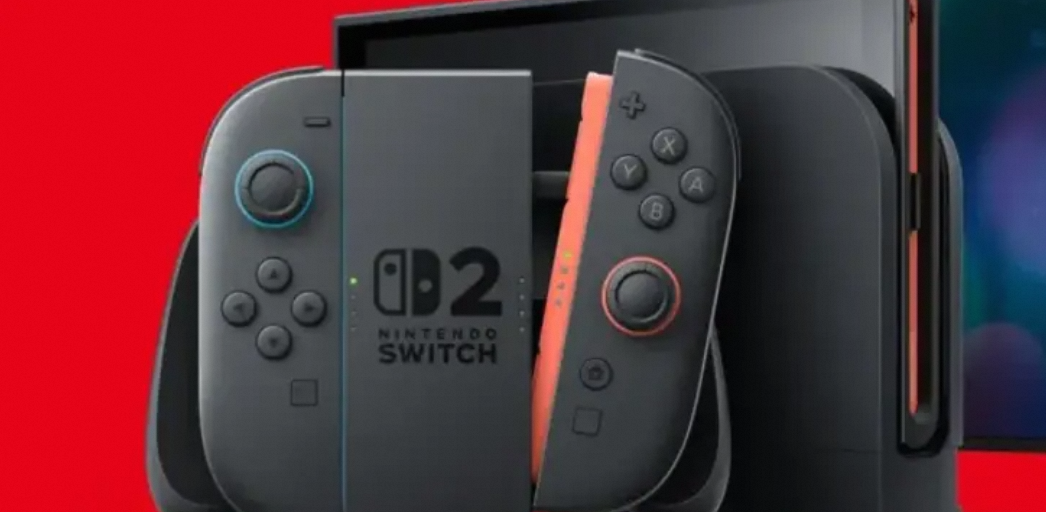Introduction
Excitement for Nintendo’s highly anticipated Switch 2 console has hit a snag as reports emerge of delayed preorders, linked to ongoing challenges from Trump-era tariffs. The sweeping trade policies, initially imposed during the Trump administration, continue to ripple through global supply chains, now impacting one of gaming’s most awaited launches. This blog explores how these tariffs have disrupted Nintendo’s plans and what it means for consumers and the tech industry.
The Tariff Backdrop
Between 2018 and 2020, the Trump administration levied tariffs on over $300 billion worth of Chinese imports, targeting electronics and components critical to tech manufacturing. Though intended to bolster U.S. production, these tariffs forced companies like Nintendo—which relies on Chinese manufacturing for its consoles—to navigate increased costs and logistical bottlenecks. Despite the Biden administration maintaining many of these policies, their long-term effects are now colliding with the Switch 2’s production timeline.
Supply Chain Snags and Manufacturing Shifts
Industry analysts suggest the tariffs have compounded existing supply chain strains, particularly for specialized components like advanced chips and displays. Nintendo, reportedly seeking to mitigate costs, has explored shifting some production to Vietnam and Mexico. However, establishing new facilities and retooling supply networks takes time—a luxury the Switch 2’s launch schedule may not afford. This pivot, coupled with tariff-related delays in procuring parts, has likely contributed to the preorder postponement.
Nintendo’s Silence and Market Implications
Nintendo has yet to officially confirm the delay’s cause, but insiders hint at “logistical challenges” in recent investor briefings. The delay risks alienating eager fans and ceding momentum to competitors like Sony’s PlayStation and Microsoft’s Xbox, whose consoles face fewer tariff hurdles due to diversified manufacturing bases. With the holiday season a critical sales period, even a short delay could dent Nintendo’s revenue projections and stock performance.
Consumer Frustration and Pricing Concerns
The gaming community has reacted with disappointment, flooding social media with concerns about potential launch-date pushbacks. Some fear the tariffs might also inflate the Switch 2’s retail price, though Nintendo has historically absorbed costs to maintain affordability. For now, the immediate issue remains access: without preorders, fans face uncertainty in securing the console amid expected high demand.
Broader Lessons for the Tech Industry
The Switch 2’s woes underscore the fragility of globalized supply chains in an era of geopolitical tensions and protectionist policies. Companies are increasingly pressured to diversify manufacturing and stockpile critical components. For Nintendo, the delay may accelerate efforts to reduce reliance on Chinese production—a strategy already embraced by Apple and other tech giants.
Looking Ahead
While the preorder delay is a setback, Nintendo’s loyal fanbase and the Switch brand’s strength provide a buffer against long-term damage. However, the situation serves as a cautionary tale: in a world where trade policies can shift overnight, agility and diversification are no longer optional.
The Nintendo Switch 2’s delayed preorders highlight the enduring impact of Trump-era tariffs on global tech innovation. As companies navigate this complex landscape, consumers are reminded that behind every sleek gadget lies a web of geopolitical and economic forces. For now, gamers must wait a little longer—hoping the wait yields a console worthy of its legacy.
